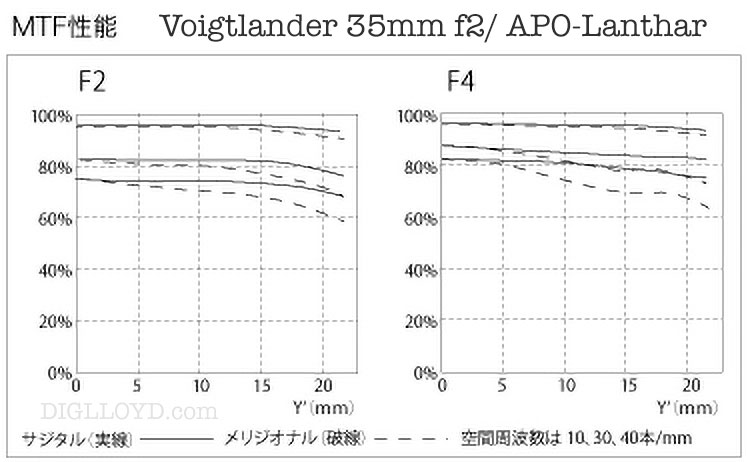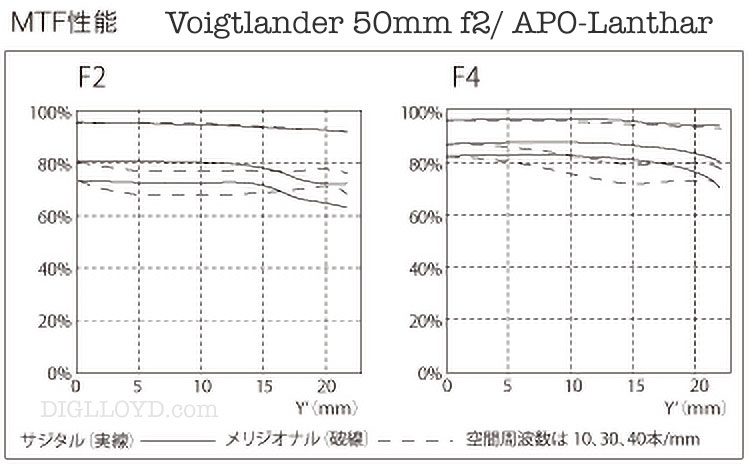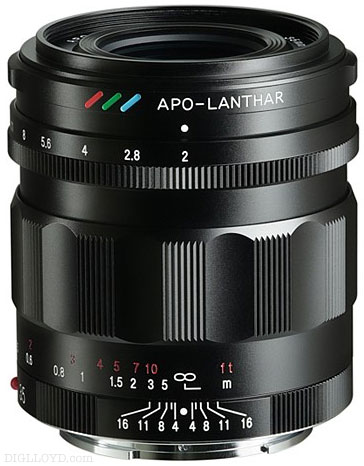World’s Best 35mm Lens? Voigtlander FE 35mm f/2 APO-Lanthar for Sony Mirrorless and Leica M Coming in April
Voigtlander does a spectacularly crude job of marketing its lenses, all while hiding its light under a bushel basket—you have to work at it to glean information about their new lenses. I guess I’m glad they pay engineers instead of marketing bozos writing hyperbolic product descriptions, like the Nikon Nikkor Z twaddle. The information here is what I’ve gathered from a Google translate of the Japanese web page for the Voigtlander 35mm f/2 APO-Lanthar.
UPDATE March 4 2021: the Cosina Voigtlander 35mm f/2 APO-Lanthar Aspherical has competion on the Leica M platform, the Leica 35mm f/2 APO-Summicron-M ASPH, at 7X the price. And yet the MTF charts seem to favor the Voigtlander in terms of consistent across-the frame performance.
...
Last year, we saw that the Voigtlander FE 50mm f/2 APO-Lanthar is one of the finest 50mm lenses ever produced, and that should hold for its Leica M variant too.
The 35/2 APO looks like the best 35mm lens ever on any 35mm-format platform.... I might have to try 2 or 3 samples to get a really good one because together with the Sony FE 12-24mm f/2.8 GM and the Voigtlander FE 35/2 APO and Voigtlander FE 50/2 APO (and Voigtlander FE 65/2 APO), there never before has been so compact and so outrageously good 'kit' from 12mm to 65mm. This is the golden age of photography.
Voigtlander 35mm f/2 APO-Lanthar for Sony mirrorless and Leica M
Now Voigtlander has announced the Voigtlander FE 35mm f/2 APO-Lanthar, whose MTF should rank it among the very best 35m lenses ever produced. And not by a small margin.
There is also an M-mount version, but whether the lens can be tweaked to achieve the same performance on the thinner sensor cover glass of the Leica M cameras remains to be seen—probably given Voigtlander’s statement that off-center color is suppressed; this means an optical design with a ray angle friendly to the sensor. And Voigtlander probably designed in advance for things to work out well on Sony or Leica M.
I expect the 35/2 APO-Lanthar to substantially outperform the Zeiss ZM 35mm f/1.4 Distagon at f/2 and f/2.8, and deliver greater real-world sharpness on distant landscapes even from f/4 through f/8 due to the nil field curvature of the 35/2 APO-Lanthar.
See also Voigtlander for Sony wishlist and Sigma for Sony wishlist.
Scheduled to be available in April 2021, the 35/2 APO-Lanthar should be at the top of any Sony or Leica M shooter’s list (so long as manual focus is OK). I’ll of course be reviewing it on the Sony A7R IV (and Sony A1 most likely too).
Features taken from translated version of Japanese web page for the Voigtlander 35mm f/2 APO-Lanthar.
See also Reasons behind the choices that Cosina makes.
- Highest lens performance in Voigtlander history. [diglloyd: MTF as shown below shows no meaningful difference vs the 50/2 APO-Lanthar, which makes the 35/2 impressive in a sort of unprecedented way]
- Apochromatic design leading to elimination of longitudinal chromatic aberration and the ultimate in resolution and contrast.
- Generous image circle for the 35mm format with high resolution maintained to the corners of the 35mm sensor.
- Off-center color casts suppressed [diglloyd: sounds like a design of a friendly ray angle for digital sensors for both Sony and Leica]
- Tight control over out of focus rendition, outstanding point spread function.
- 11 elements in 9 groups, 5 special dispersion and 2 double-sided aspherical.
- Engraved and hand-painted markings.
- 12-blade diaphragm for superb bokeh for near-perfect circular out-of-focus rendering from wide open at f/2 through f/16.
- Manual focus.
- Stepped and stepless (click-free) aperture control mechanism.
- Close focus distance of 0.5m.
- Equipped with Sony E-mount electronic contacts, it supports correct EXIF info as 5-axis camera shake correction. Also possible to trigger magnified Live View by operating the focus ring.
MTF
The MTF chart shows f/4 hardly improves upon f/2, with f/2 already better than most lenses can do at any aperture. The field is flat (no meaningful field curvature) and there looks to be no focus shift either.
In absolute terms it is spectacularly good. In relative terms, it makes lenses like the Leica 35mm f/1.4 Summilux-M ASPH look 3rd-rate. At about 1/5 the price.

There is no meaningful difference in MTF between the Voigtlander 35mm f/2 APO-Lanthar and the Voigtlander 50mm f/2 APO-Lanthar—an incredible accomplishment, as an understatement. Sample variation will outweigh what trivial differences there are—I had two samples for my spring 2020 testing, and one was slightly superior to the other. Even with the meticulous attention to detail at Cosina Voigtlander, there is still variance, but I deem it much less than most brands.

David A writes:
Not wanting to make excuses for Leica, but I sense that they have had physical size goals/limits for some M lenses (to unblock viewfinders, or for other reasons). These size limits have harmed optical performance in a classic tradeoff.
I don’t think I’ve ever seen you mention size constraints as part of the Leica design gestalt, but I believe it’s at play from time to time. Peter Karbe would know!
DIGLLOYD: agreed, I presume that Leica has self-imposed size constraints. And I agree that it is likely to harm performance. But maybe performance is also harmed by a design philosophy that field curvature is a feature or at least acceptable—I see it as a bug and an error in design judgment, because it ruins most of the lens line for optimal performance for landscape shooting. With so many Leica M lenses, you’re forced to the use of f/8 when f/4 or at least f/5.6 should get the job done already. This asinine requirement comes directly from the design judgment of letting field curvature run wild. It is no small matter on a 40MP or 60MP sensor, as diffraction dulling comes on strong at f/8. A prime lens of f/2 or faster speed that cannot reach edge-to-edge sharpness by f/5.6 cannot be considered a top-grade lens IMO—and very few Leica M lenses can do so.




























